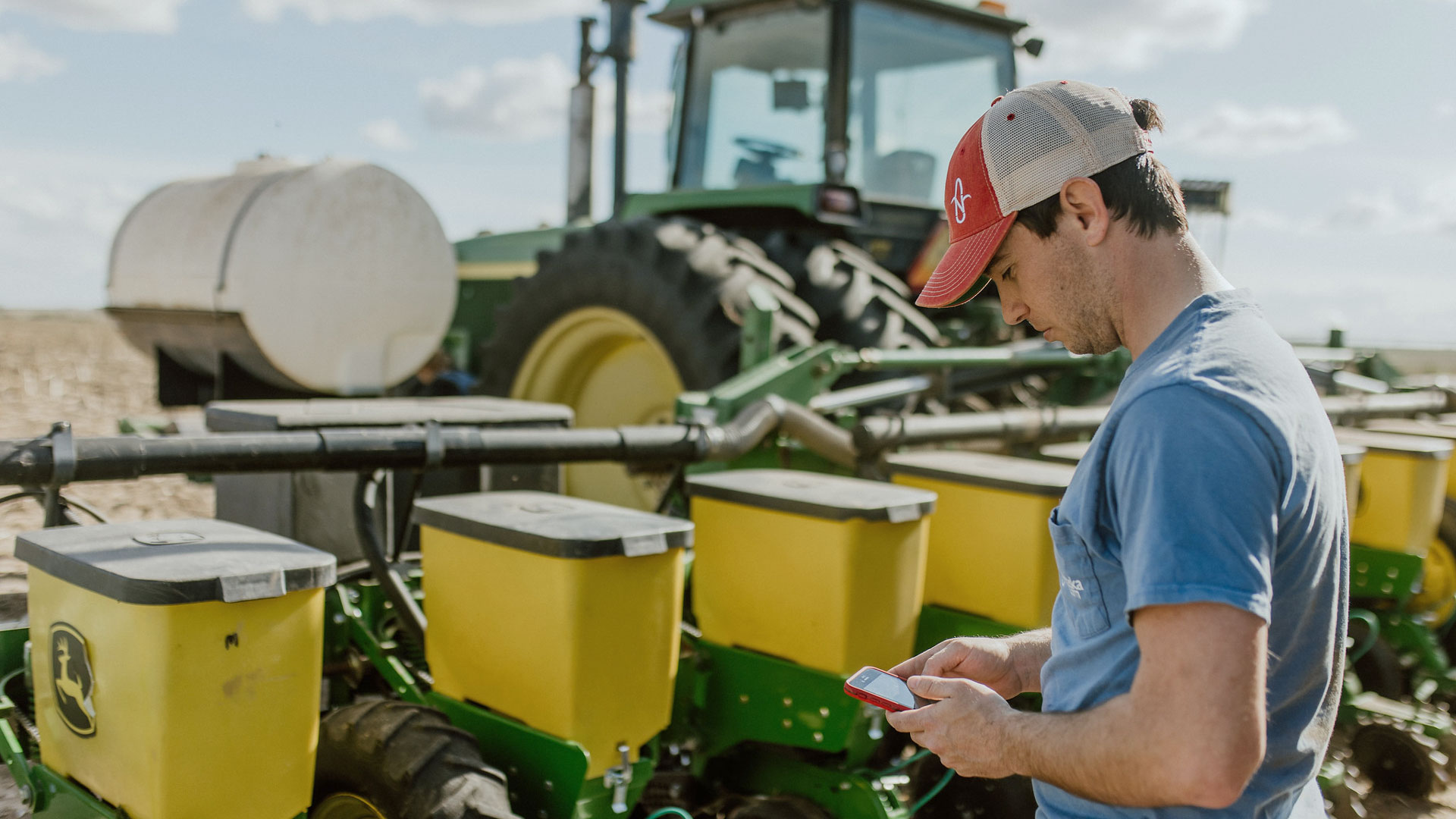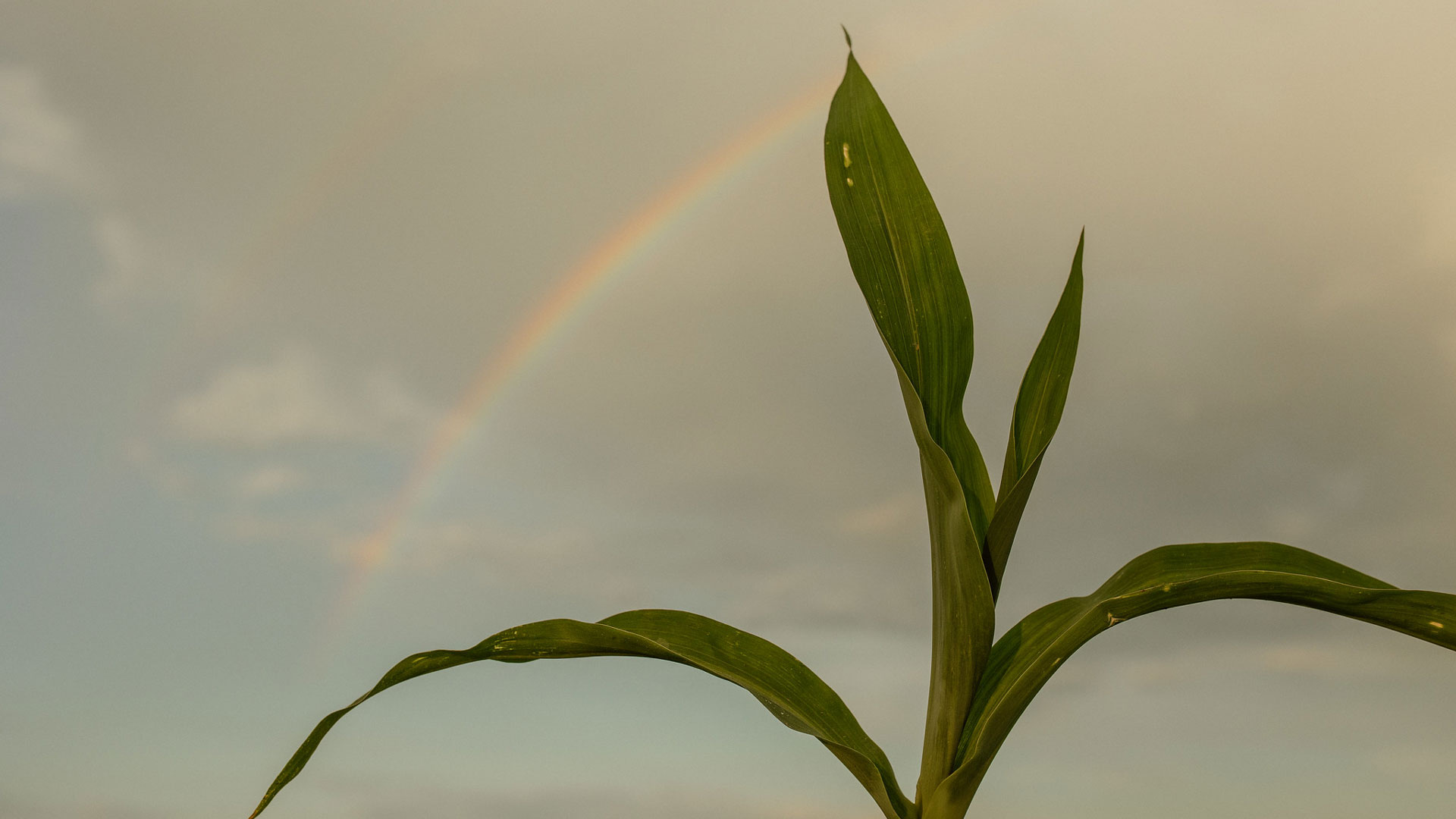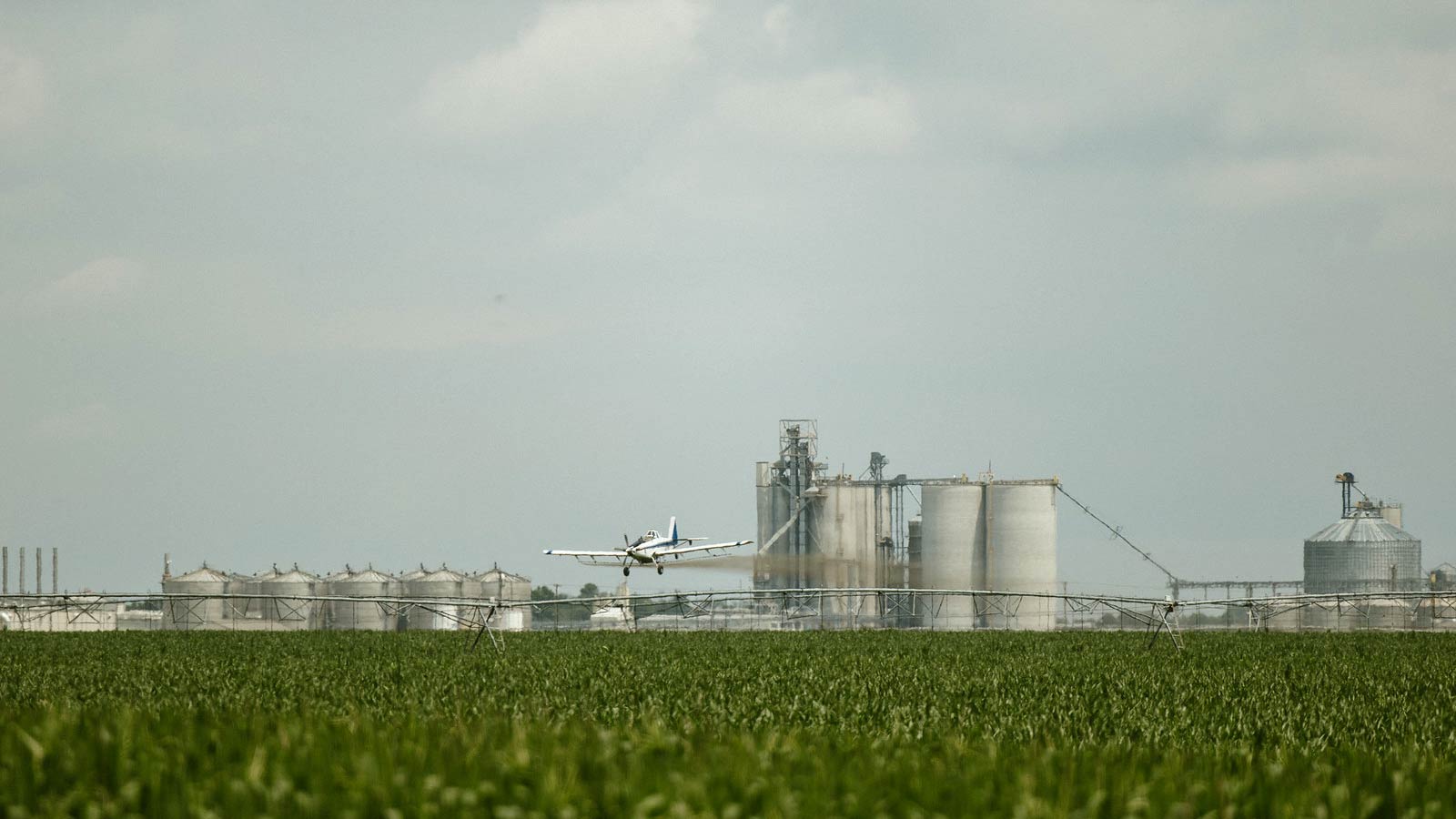Each year, corn farmers in Nebraska and around the world face a multitude of factors that impact the cost of producing corn and the price they receive when selling their crop. Farmers take these challenges in stride, knowing each year is different and an opportunity to learn, grow their problem-solving skills and develop their knowledge.
Many of these challenges are beyond a farmer’s control—farmers have been at the mercy of weather, for example, since the beginning of the profession. The price of inputs also continues to be an obstacle.
However, weather and inputs are only a few of the challenges corn farmers face in 2024. Though far away from the Midwest, things like armed conflict in eastern Europe and trade policy in Central America also can have a big impact on what 2024 will hold for corn farmers.
Below is a closer look at some of the other challenges and opportunities farmers and agricultural leaders will tackle in the year ahead.
Rising Costs of Production
Fuel and fertilizer were significantly more expensive in 2023 than in the past. Though the price of fertilizer did slowly start to ease by the end of the year, any additional increases will have a big impact on corn farmers and other crop growers. The price could also increase again in 2024.
Farmers only use fertilizers when necessary, but it’s an important tool to raising a healthy, bountiful crop. Farmers will always need fuel to power the tractors, combines and other vehicles necessary to plant, care for, harvest and transport their crops to storage or market. The cost of equipment has been on the rise and will continue to see a shift up in the foreseeable future.
The price of hiring labor has also increased. Some farmers have year-round employees while others hire temporary employees that help during the planting or harvest season. The cost and ability to find employees willing to work long hours for a short period of time has become a bigger challenge.
Climate Challenges Facing Corn Farmers
All farmers are at the mercy of the weather. Corn needs warm, sunny weather to grow and enough moisture to flourish. The impact of drought on corn can be devastating. If a drought continues, producing even a corn crop is challenging. Drought conditions in Nebraska slightly improved in 2023 in some parts of the state, but areas in southern, southeast and eastern portions of the state remained in extreme drought as of late November, according to the US Drought Monitor. In fact, in late November 2023, several major corn-growing counties east and northeast of Grand Island had large swaths of land in exceptional drought, which is a term for conditions dry enough to cause widespread crop and pasture losses, and shortages of water in reservoirs, streams and wells.
Some farmers already grow irrigated corn, but they may be limited in the amount of water they can use. In addition to irrigating, if possible, farmers will try to combat those conditions by operating as sustainably as possible or consider drought-resistant corn varieties that can thrive in extremely dry conditions.
Financial Pressure on Farmers
Like all Americans, corn farmers face high interest rates, inflation and challenges in gaining access to capital. The cost of buying or renting land also continues to be high, making it challenging for young farmers to get started and existing growers to expand their operations. Cost of equipment continues to rise as does general inputs, such as fuel and seed – all of this putting pressure on any margins that farmers may be able to budget.
International Influences
On the international scene, one of the biggest uncertainties for Nebraska corn farmers is Mexico’s proposed ban of GMO corn. Even though GMO corn or other bioengineered food has been proven to be safe to eat and GMO corn varieties make up most of the corn grown in the U.S., Mexican officials say they will ban imports of GMO corn in January of 2024.
Given that Mexico is the largest importer of corn grown in the U.S., any significant reductions in the amount of U.S. corn bought by Mexico for human or livestock feed could impact corn prices here in the U.S. Lawmakers, policy makers and agricultural leaders will continue to work to resolve the dispute, as well as dispel any misconceptions about GMO crops.
The ongoing war in Ukraine, a major corn producer, also could continue to make a big impact on the global corn markets. Due to the fighting, Ukrainian farmers have faced challenges such as damaged infrastructure, supply shortages and high input costs. The volatility in global commodity markets caused by the Russian invasion of Ukraine will likely create uncertainty for U.S. farmers about international corn exports.
While there are some challenges internationally, there also are opportunities for corn farmers on the global market. Nebraska corn is in demand as a nutritious food for people and livestock, and corn-based ethanol is an important biofuel domestically as well as abroad. By promoting the use of corn and countless products that use corn or are made from corn—whether that be ethanol or high-quality protein from animals that eat corn—agricultural leaders can promote the development of new markets for corn around the globe. In doing so, that opens up new opportunities and increased value for US producers.




